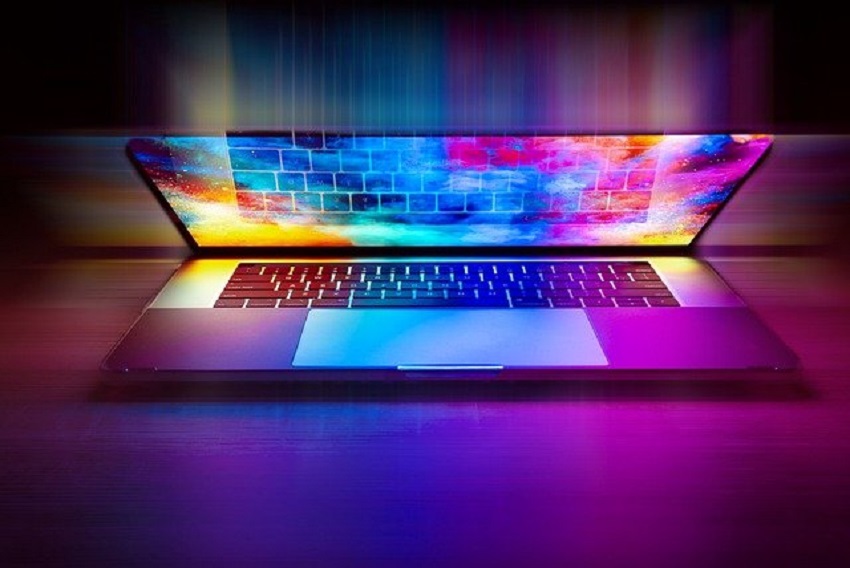
13 Apr Amazing Features of Razer Blade 17
The new Razer Blade 17 is reputed to be powerful. While still compact in design and improved thermals, the Blade 17 empowers Pros with the latest NVIDIA and Intel processors. A powerhouse mobile desktop, it is able to withstand performance-demanding AAA games on the go, live-stream video while playing at online casino Australia, or create masterpieces.
Design
The Razer Blade design hasn’t had a major overhaul in many years. Instead, the formula gets smaller tweaks and upgrades each year that keep it up to date with the latest trends. But put side by side with a Razer Blade 17 of a few years back, you likely won’t notice the difference.
Unlike many of the other premium gaming laptop brands, the Razer Blade’s aesthetic has remained unchanged — primarily because it was already so many years ahead of other designs. The minimalist, all-black aesthetic paved the way for lots of other gaming laptops to adopt similar stylings, such as the HP Omen 16 or ROG Zephyrus G15.
Razer’s look still has a distinctly premium edge to it, though. The single hunk of machined aluminum is without a real competitor in other gaming laptops. The Blade has always wanted to be the MacBook of the gaming world — even if other brands have caught up.
The Blade 17 still uses a 16:9 aspect ratio, which isn’t a problem for a gaming laptop necessarily, especially one of this size. The only downside is the chunky bottom bezel here. Again, it’s less egregious than on the smaller models, but I wouldn’t be surprised if Razer eventually moved to 16:10 like the Lenovo Legion 5 Pro at some point in the future.
The only visible change to the Razer Blade 17 is the new speaker grill on the keyboard deck. They’re more subtle now, and the power button has been moved to the top right of the keyboard. It’s a change that also comes to the new 15-inch model, but I take it as a positive.
Keyboard and touchpad
The Razer Blade 17’s keyboard is fantastic. They’ve tightened up the switches for a snappier and more satisfying typing experience that is a real step up from previous models. Of course, Razer’s RGB game is also as good as it gets, with per-key lighting with tons of customization in both color patterns and brightness color. Like in previous models, the function key even lights up the function row. I love this keyboard.
I have the complete opposite reaction to the touchpad. It’s nice and large, which looks great. But the palm rejection here is awful. My experience of using this laptop is full of unintentional clicks and random cursor twitches. It’s extremely frustrating.
Ports
The Razer Blade 17 includes a wealth of ports, all located on the sidewalls of the chassis. They include HDMI 2.1, a USB-A 3.2, a Thunderbolt 4, and a full-sized SD card slot. On the left, you’ll find the L-shaped power adapter, a 2.5GbE Ethernet jack, two more USB-A ports, an additional USB-C Thunderbolt 4 port, and a headphone jack.
The USB-C port can charge, but it’s limited to just 54 watts.
This is now the only version of the Razer Blade to include an Ethernet port for hard-wired connections. That’s a nice selling point, as is the SD card slot for those who might want to upload photos directly from a camera.
Camera and security
The Razer Blade 17 includes a 1080p webcam, upgraded from the 720p resolution module used in the previous generation. Razer did this without increasing the size of the top bezel or thickness of the lid, which is often the excuse made by laptop manufacturers. The increased resolution is nice and it’s certainly an improvement over previous models. That doesn’t, however, mean this is necessarily a “good” camera, but you’ll still enjoy great experience playing live casino games at New Zealand casinos with the camera. I’m sure the sensor they’ve included is fine, but the image processing isn’t up to snuff. Images often appear darker and granier than they should, and it doesn’t do a great job highlighting skin tones and faces.

No Comments